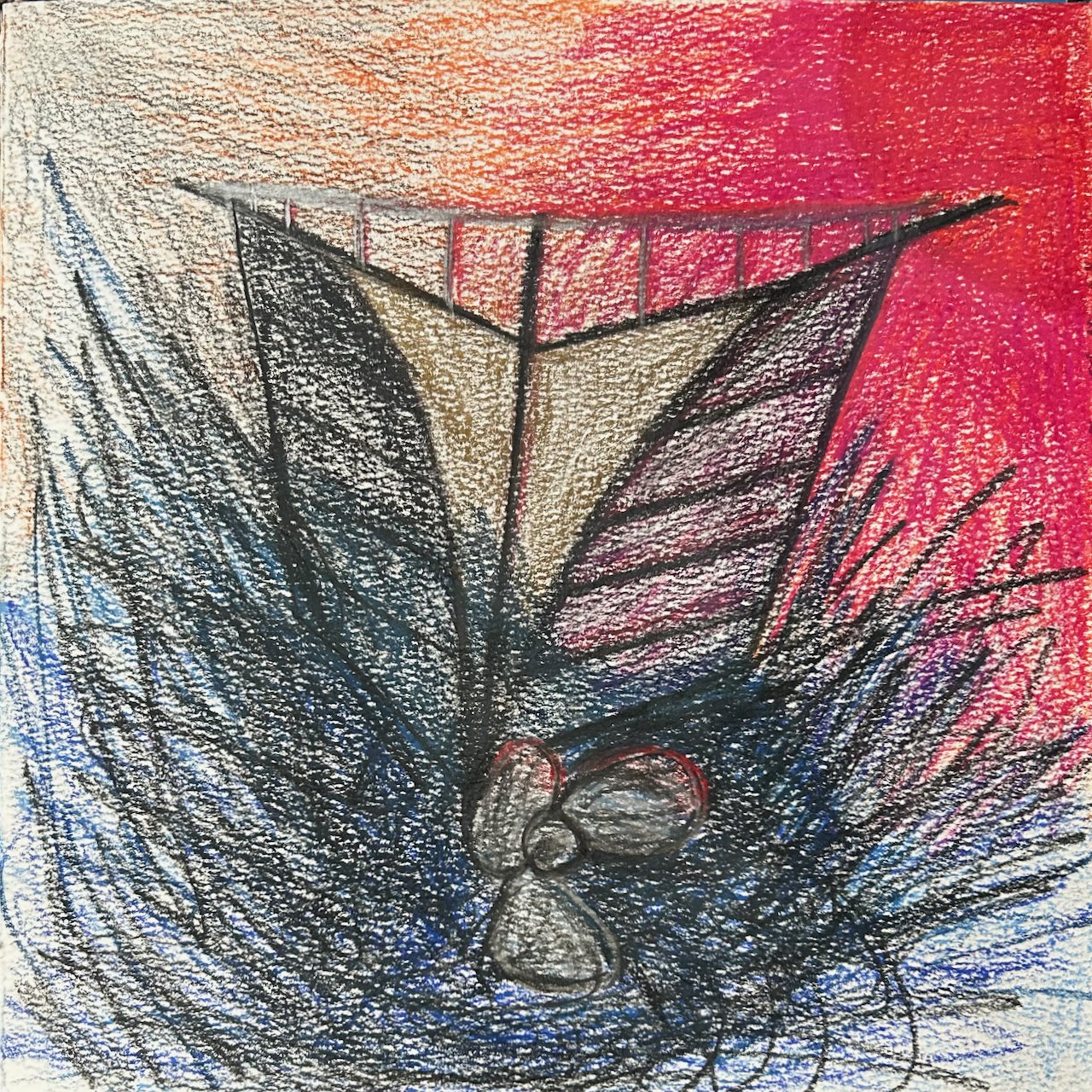What is Splitting?
Splitting is considered a primary defense process, originating “before the infant can appreciate that [their] caretakers have good and bad qualities and are associated with good and bad experiences (McWilliams, N. 2011. Psychoanalytic Diagnosis, 2nd Ed., p. 116). In other words, the infant splits their image of a single caretaker into two individuals: a good mom/dad, and a correspondingly bad mom/dad, who are different people depending upon whether they are, in any given moment, behaving either good or bad. This simplifies and organizes the material for the developing Ego. Splitting is also referred to as Black and White Thinking.
In everyday adult life, splitting remains a powerful and appealing way to make sense of complex experiences, especially when they are confusing or threatening. Political scientists can attest to how attractive it is for any unhappy group to develop a sense of a clearly evil enemy, against which the good insiders must struggle.” (Dougherty, N. and West, J. 2007. The Matrix and Meaning of Character: An Archetypal and Developmental Approach, p. 118)
When the splitting is severe, the individual may split into several splinter personalities as we see in Dissociative Identity Disorder (previously called Multiple Personality Disorder). The various personality-fragments serve the Ego in interacting with the varying demands of the separate good and bad caregiver identities. However, splitting itself is not pathological, and remains a commonly-used defense in the general population.
Splitting can be observed in Artwork. Here are some examples, communicating a mother’s angst regarding her relationship with her daughter (names changed to protect identities.) In observing this image, we see the visual representation of splitting depicted by the propeller blade.
Another Nightfall at Sea (2021)
Journal Entry: Another Nightfall at Sea:
“Petra is the lonely captain of this ship, whose propeller chops and eviscerates me, pulling me down, then arising up I gasp for air as I know the brutal cycle. Petra is blinded by the eternal sunset, its hypnotizing glare obstructing her gaze, she forges blindly forward. She drags behind the one who gave her love, the only one, and seeks comfort in other forms to fill a hole never satisfied.”
A year later, the following painting appealed to the patient while attending an art exhibit. Gazing upon the apple together, we recognized the similarity to the earlier image of the boat. The apple has its own propeller-like image colored in black, on its lower curve. Whether the Paul Klee, the artist who painted the apple, meant for the image to depict splitting is unknown. However, for this patient, the image inspired memory of her own processes.
Paul Klee: Prizewinning Apple (1934). From the exhibition "Everything Grows," Paul Klee Museum, Bern, Switzerland. August 25, 2023.
Two years after painting Another Nightfall at Sea and inspired by Paul Klee’s Prizewinning Apple, my patient created her own Green Apple. She was not yet consciously aware of the similarity (in the depiction of splitting) to her earlier work.
Green Apple, 2023
Often, a patient’s progress over time is measured through an evolution of their images. When Another Nightfall at Sea (2021) spontaneously re-arose to consciousness in 2023, several components of change were noted in comparison to the new painting of Green Apple (2023):
Nighttime is replaced by day, symbolically as consciousness replaces unconsciousness
The splitting propeller is replaced by a blossom, the organic precursor to the apple
The jagged, slashing lines seen in Another Nightfall at Sea have been replaced by gentle curves and a complete circle, seen symbolically as images of wholeness.
· The ship’s mast in Another Nightfall at Sea ends at the horizontal of the body of the ship instead of continuing upward towards the sky as a mast normally is depicted. In Green Apple, the stem is depicted with the red ribbon. In Green Apple, the color Red can be interpreted as a color of growth, and the ribbon is in the shape of the infinity sign. A connection to the spiritual realm is indicated, as opposed to the “amputated mast” that could have ventured upwards to connect to cosmos. Notable, in Another Nightfall at Sea, the color Red is used for blood on the propeller, and an menacing angry sky.
Creative images contain symbols, which inherently contain multiple meanings. The interpretations here are not meant to be exhaustive, however they are informed by the particular therapeutic relationship.





